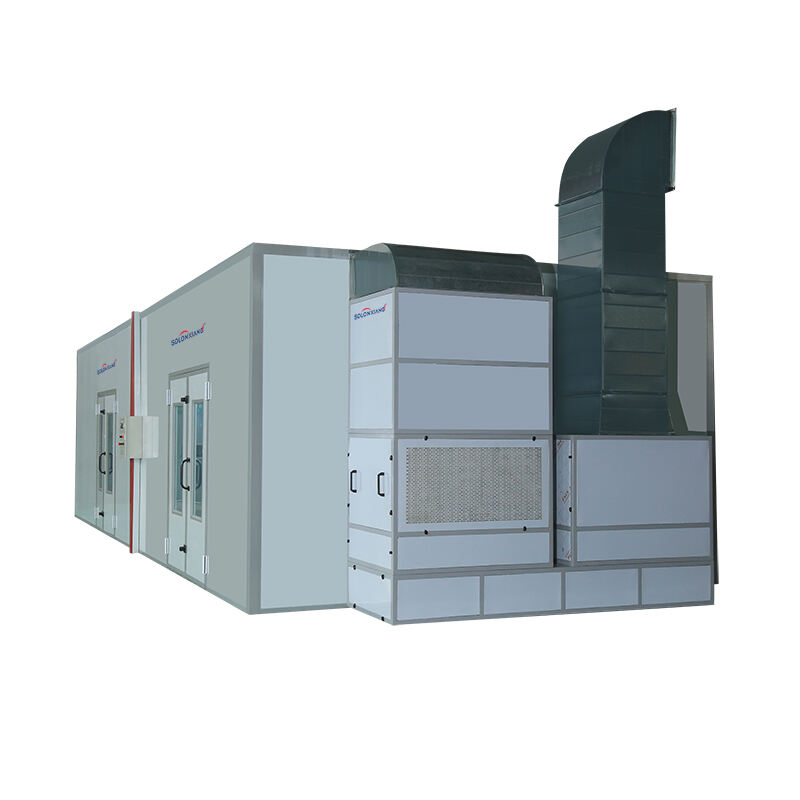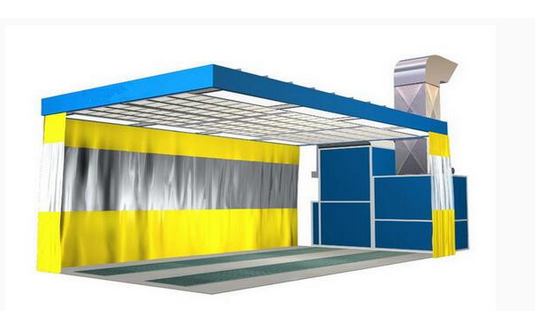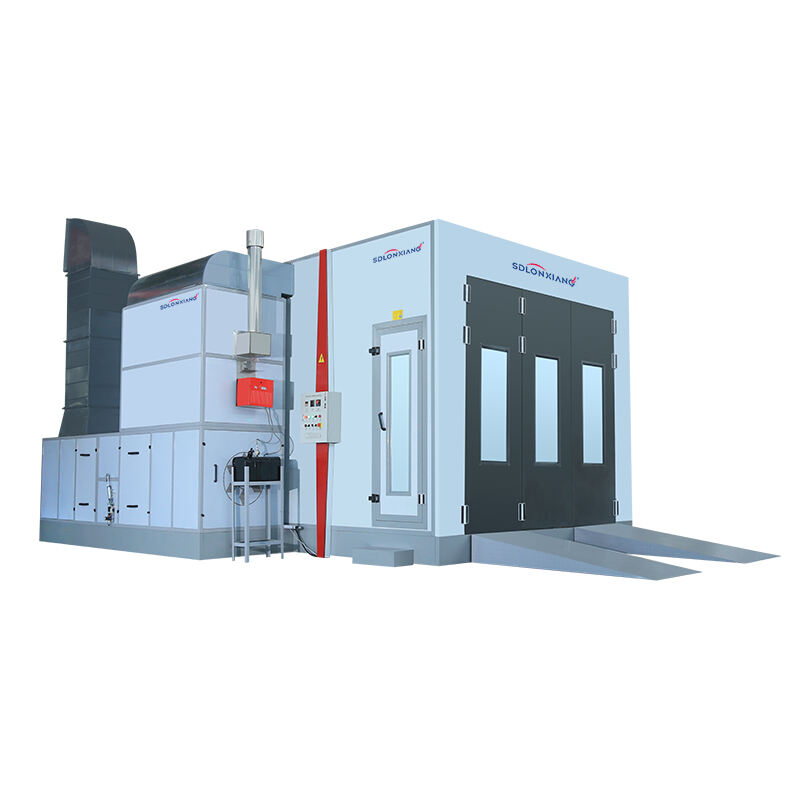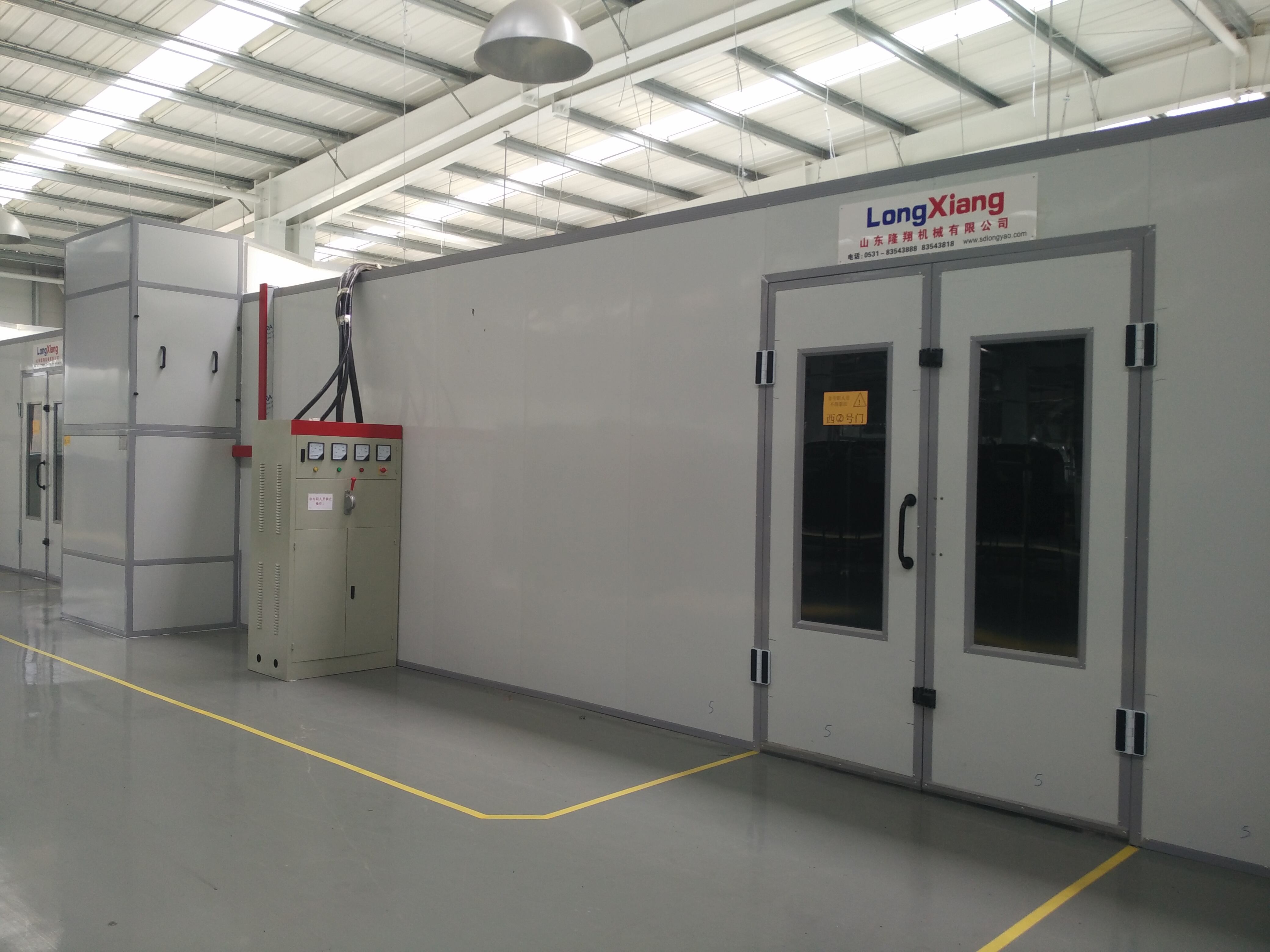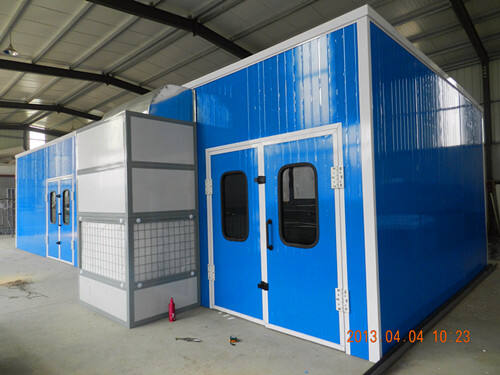spray booth heat exchanger
A spray booth heat exchanger represents a critical component in modern industrial painting and coating operations, designed to optimize energy efficiency while maintaining optimal environmental conditions. This sophisticated thermal management system captures waste heat from exhaust air and transfers it to incoming fresh air, creating a controlled climate within the spray booth environment. The spray booth heat exchanger operates on the principle of thermal energy recovery, where hot contaminated air exiting the booth passes through one side of the heat exchange matrix while cool fresh air flows through the opposite side. This counter-flow design maximizes heat transfer efficiency without allowing cross-contamination between airstreams. The main functions of a spray booth heat exchanger include temperature regulation, energy conservation, and maintaining consistent airflow patterns essential for quality coating applications. Modern spray booth heat exchanger units incorporate advanced materials such as aluminum or stainless steel cores that resist corrosion from paint vapors and solvents. The technological features encompass variable speed controls, automated damper systems, and integrated filtration mechanisms that protect the heat exchange surfaces from contamination. These systems typically achieve heat recovery rates between 60-80 percent, significantly reducing heating costs during cold weather operations. Applications span across automotive refinishing shops, industrial manufacturing facilities, aerospace coating operations, and furniture finishing plants. The spray booth heat exchanger integrates seamlessly with existing ventilation systems, providing consistent temperature control that improves paint adhesion, reduces drying times, and enhances overall finish quality. Installation flexibility allows for both horizontal and vertical mounting configurations, accommodating various facility layouts and space constraints. Advanced models feature self-cleaning mechanisms and diagnostic systems that monitor performance parameters, ensuring optimal operation and extending equipment lifespan while minimizing maintenance requirements.

